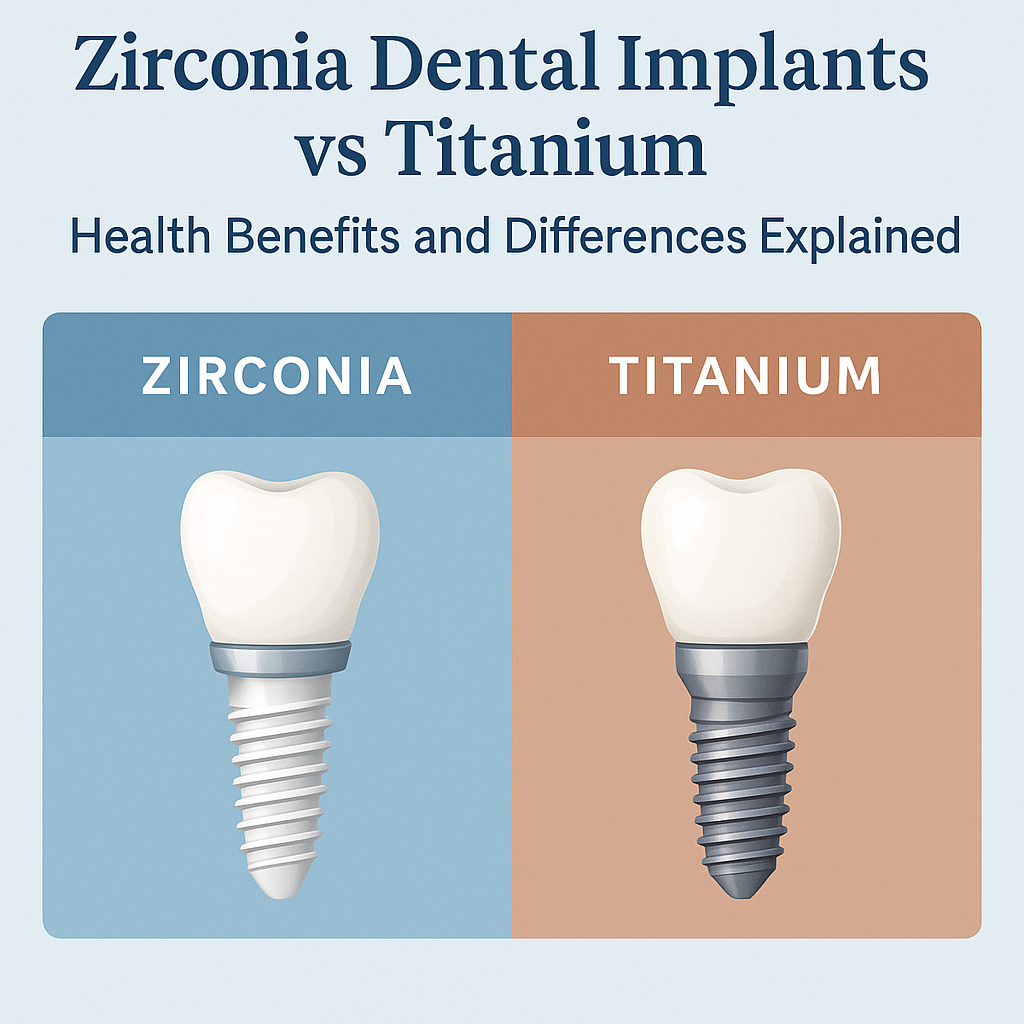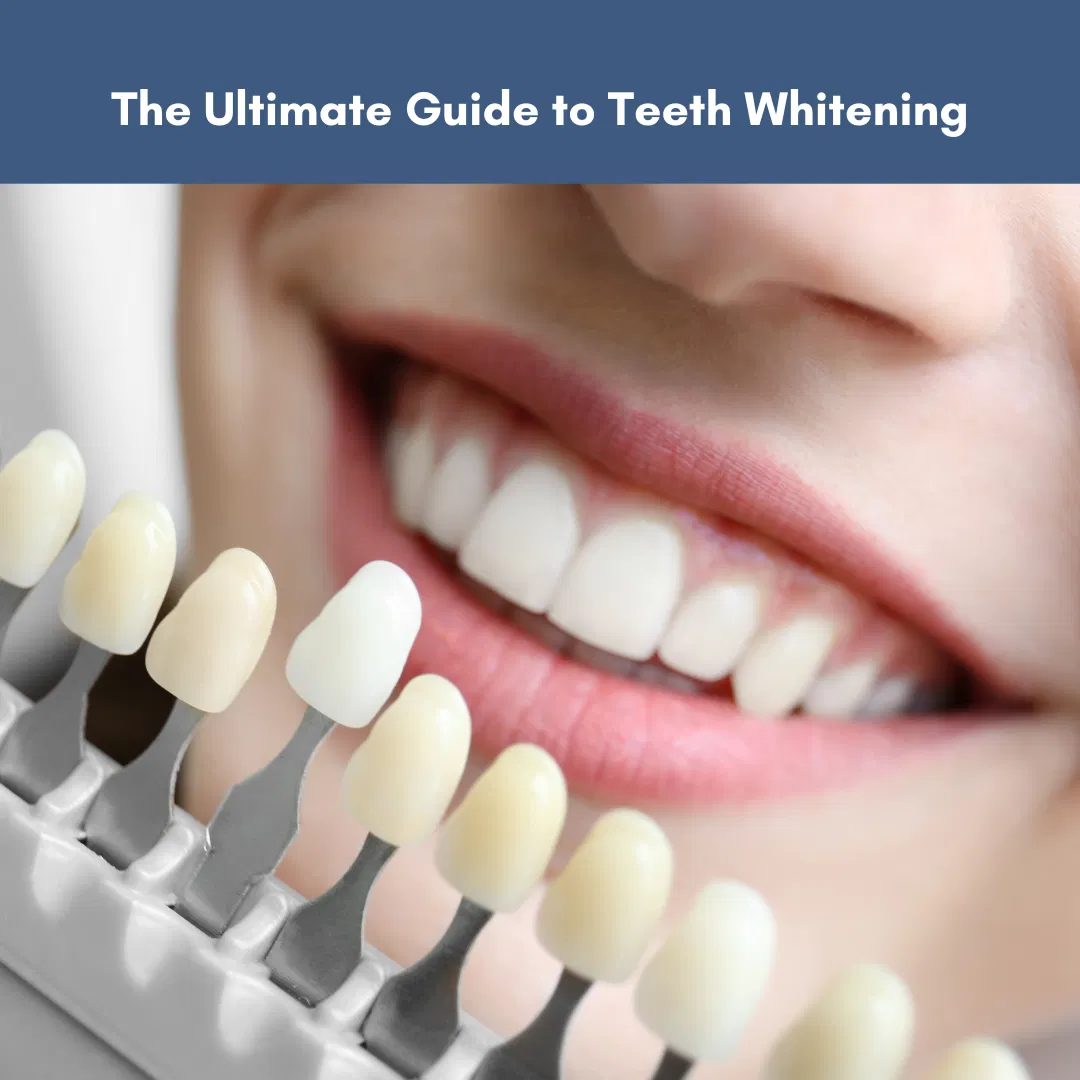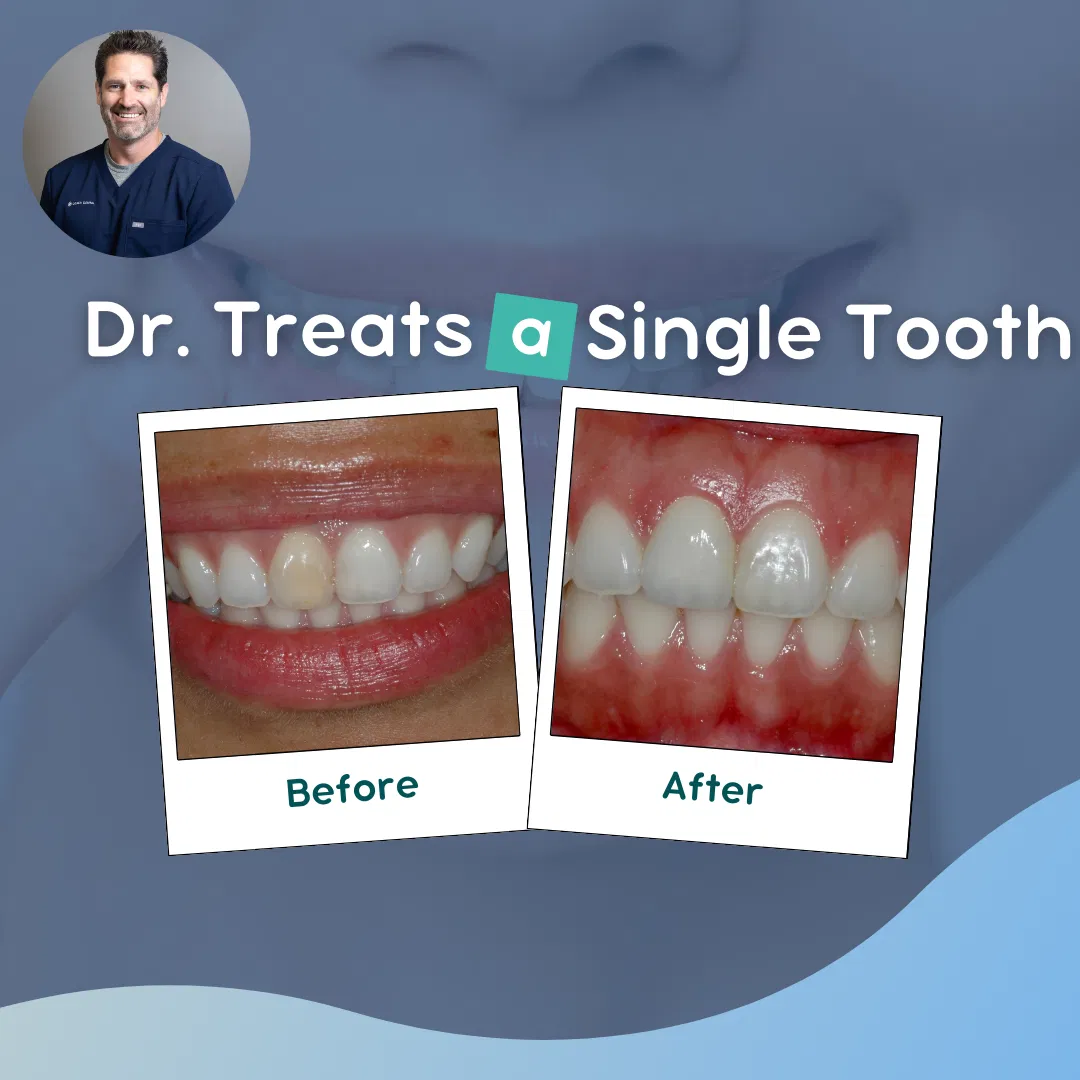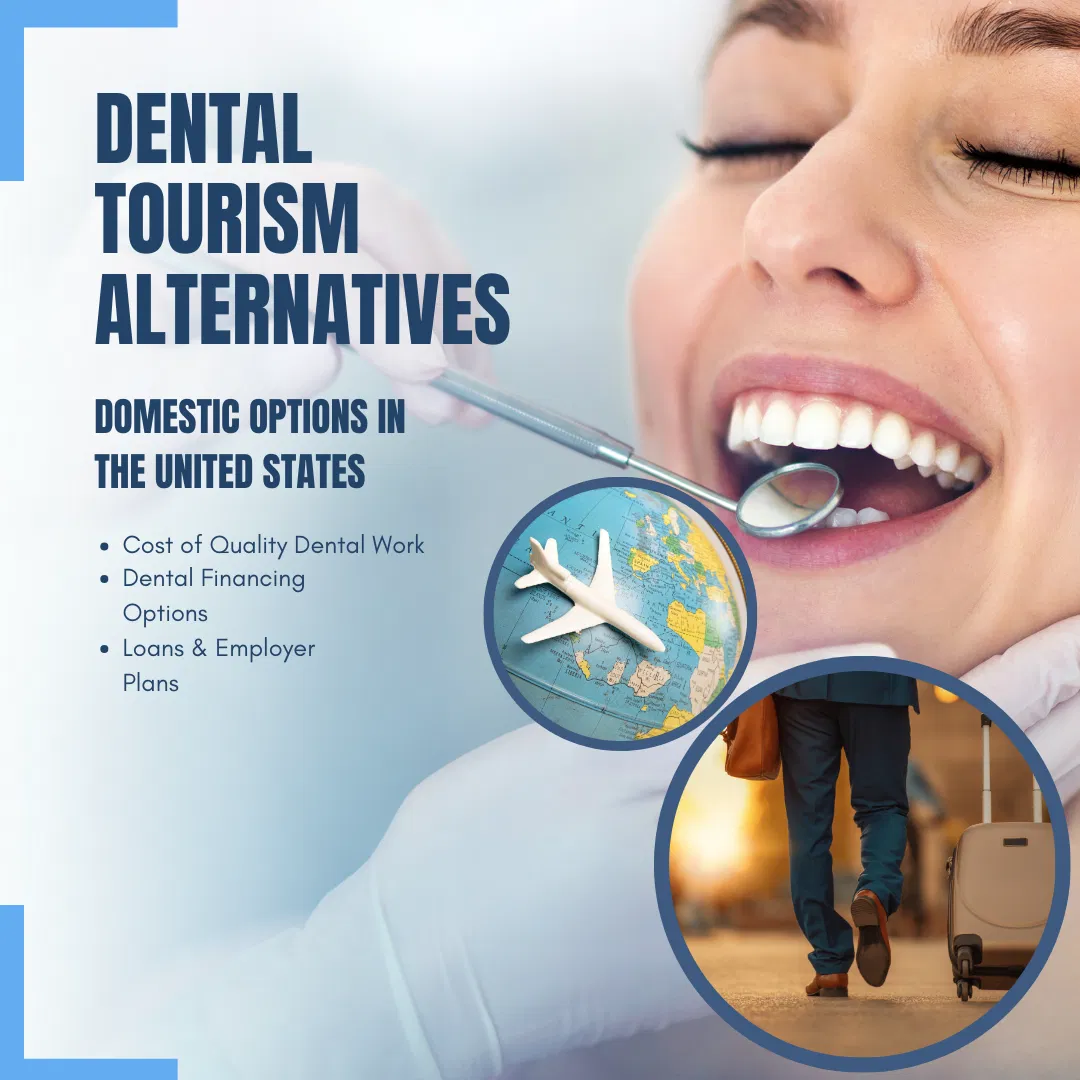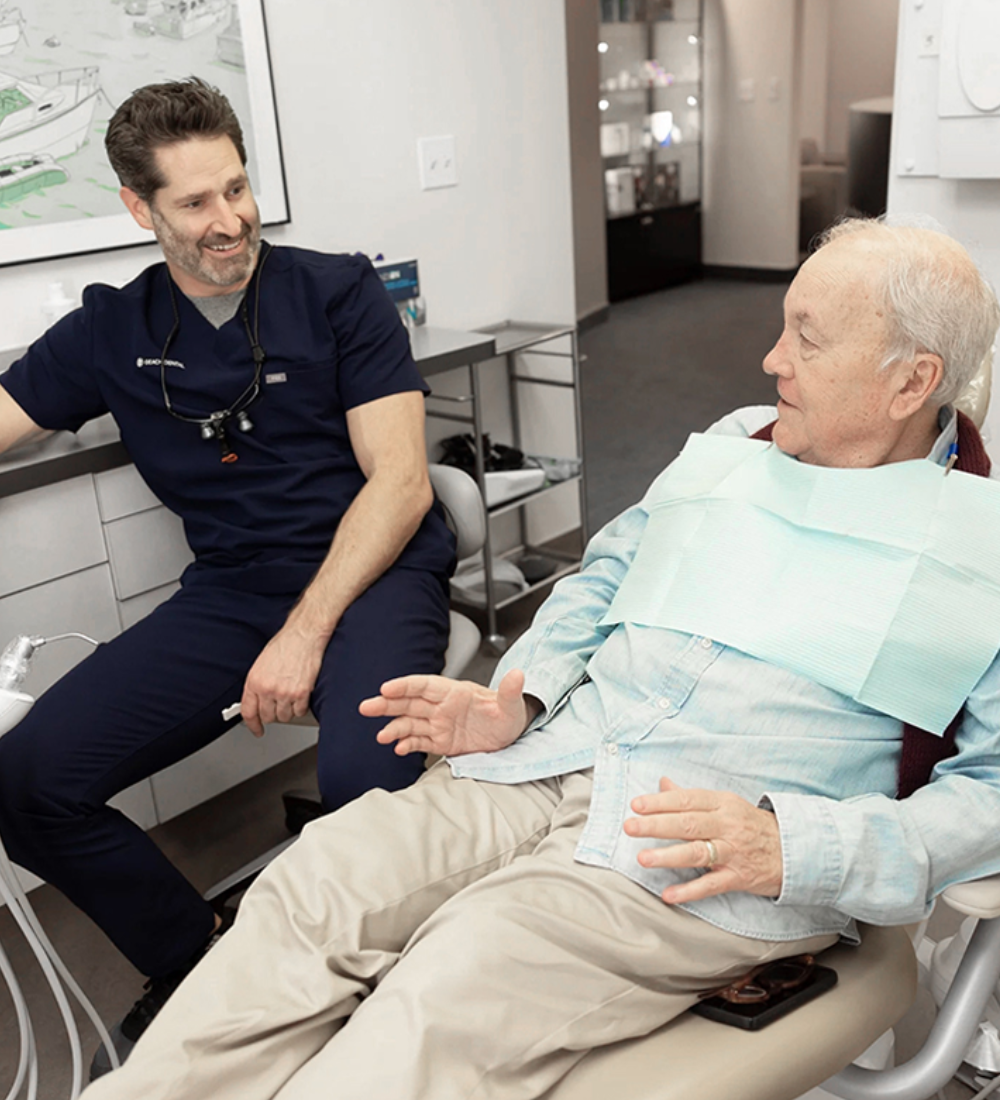Uncover the real impact of tooth loss and explore lasting solutions. Learn about dental implants, bridges, and dentures, and how to maintain your smile for years. Discover more about the surprising facts in the full article.
According to the American College of Prosthodontists, 120 million Americans are missing at least one tooth, and more than 36 million have lost all of their teeth. This problem is getting worse and this figure is expected to exceed an unbelievable 200 million in the next 15 years.
In this article, we explore the real-life consequences of tooth loss, discuss dental implant options, and provide practical tips for maintaining oral health post-tooth loss. Join us as we navigate this health epidemic and learn how to avoid the negative impact that missing teeth can have on your life.
The Immediate Consequences of Tooth Loss
Tooth loss has several consequences that impact oral health, daily function and quality-of-life. Understanding these effects is essential for making informed decisions about tooth replacement.
- Chewing Difficulties: Losing teeth can disrupt your ability to chew food correctly and can alter food selection. It has been reported that people who have lost their teeth have significantly lower intake of vegetables, fiber and carotenoids and higher intake of cholesterol and saturated fat compared to people with their teeth. This can contribute to nutritional deficiencies and increased risk of chronic disease (1).
- Speech Challenges: Teeth play a crucial role in clear speech. Tooth loss can affect your ability to articulate certain sounds and words, potentially leading to speech difficulties and reduced self-confidence (2).
- Shifting Teeth: The neighboring teeth may gradually shift to fill the space left by the missing tooth. This movement can lead to misalignment issues, affecting your bite and overall dental health. In the picture below, tooth loss has caused shifting of the lower molars, forward and upward.
In this case, dental implants were used to replace the back teeth to level and correct the bite. This allows for more comfortable and efficient chewing. See picture below.
Understanding these immediate consequences underscores the importance of addressing tooth loss promptly to maintain optimal oral health and overall well-being.
The Long-Term Consequences of Tooth Loss
Tooth loss has lasting effects that extend beyond the immediate oral health and functional issues. It’s crucial to be aware of these long-term consequences to make informed decisions about your dental care.
Bone Loss and Facial Structure Changes
Over time, the absence of teeth can result in significant bone loss in the jaw. This bone resorption can alter your facial structure, contributing to a sunken appearance. Such changes may affect your self-esteem and oral health.
Psychological and Social Effects
Long-term tooth loss can also have psychological and social repercussions. Many individuals experience a decrease in self-confidence due to the impact on their smile’s aesthetics. This can lead to social anxiety and a reluctance to engage in activities that were once enjoyed (3).
Understanding the long-term consequences of tooth loss underscores the necessity of seeking effective tooth replacement solutions that address not only immediate needs but also the broader impacts on your physical and emotional well-being.
Solutions for Tooth Loss
When facing tooth loss, it’s essential to explore the available options that will restore your smile and oral function. Here, we will describe the solutions, including dental implants, bridges, and dentures.
Dental Implants
Dental implants represent a modern and highly effective solution for tooth loss. These small titanium posts are surgically inserted into the jawbone and the bone will integrate with the implant, providing a sturdy foundation for artificial teeth.
How Dental Implants Work: Dental implants function as artificial tooth roots, anchoring crowns or bridges securely in place. This stability and natural appearance make them a popular choice.
Advantages and Considerations: Dental implants offer several benefits, including durability, improved chewing ability, and a natural look. However, they require oral surgery and adequate bone support. It’s essential to consider these factors when choosing implants as a solution.
Alternative Options for Tooth Replacement
These include bridges and dentures. While they have been reliable solutions for many years, it’s essential to consider their advantages and limitations.
Bridges: Dental bridges consist of artificial teeth anchored to adjacent natural teeth or dental implants. They provide a fixed and stable solution for missing teeth.
Dentures: Dentures are removable prosthetic devices used to replace missing teeth. They come in partial and complete denture versions, offering versatility in addressing tooth loss.
When exploring solutions for tooth loss, it’s crucial to consider your unique needs and consult a dental professional to determine the most suitable option. Each choice comes with its advantages and considerations, so informed decision-making is essential for restoring your smile and oral function.
Maintaining Oral Health After Tooth Loss
After addressing tooth loss with a suitable solution, it’s crucial to focus on maintaining your oral health to ensure the long-term success of your dental restoration. This section highlights the critical aspects of post-tooth loss oral care.
The Importance of Oral Care
Maintaining good oral hygiene is essential, particularly after tooth loss. To ensure the longevity of your dental restoration and overall oral health:
- Regular Brushing and Flossing: Continue to brush your remaining natural teeth and clean around your dental restoration. This helps prevent decay and gum issues.
- Mouthrinse: A fluoride containing mouthrinse can help reduce the risk of tooth decay to preserve the remaining teeth.
- Healthy Diet: Consume a balanced diet rich in vitamins and minerals, as this supports oral health and overall well-being.
Regular Dental Check-ups
Frequent dental check-ups are crucial for monitoring the condition of your dental restoration and overall oral health. During these appointments:
- Evaluation: Your dentist will assess the condition of your dental implants, bridges, or dentures, as well as the health of your remaining natural teeth.
- Professional Cleaning: Dental professionals will clean and maintain your dental restoration to prevent issues.
- Early Detection: Regular check-ups enable early detection of potential problems, allowing for prompt intervention and minimizing complications.
Sustaining a proper oral care routine and scheduling regular dental check-ups are essential for preserving your oral health and the success of your dental restoration. By following these practices, you can enjoy the benefits of your tooth replacement solution for years.
References
- Hung H, et al. Tooth Loss and Dietary Intake. JADA 2003;134:1185-1192.
- Pound E. Esthetic Dentures and Their Phonetic Values. J Pros Dent 1951;1:98-111.
- Davis D, etal. The Emotional Effects of Tooth Loss: A Preliminary Quantitative Study. Brit Dent J 2000;188(9):503-506.
Summary
A confident and captivating smile can transform your appearance and boost your self-assurance. Understanding the implications of tooth loss, the available solutions, and the importance of post-treatment care empowers you to make informed decisions regarding your oral health and well-being.
If you’re contemplating the next steps in your dental journey, our dedicated prosthodontic team at Geach Dental is here to support you. With locations in Downtown Los Angeles and Laguna Niguel, Orange County, we offer advanced knowledge and specialized expertise to help you achieve the attractive and confident smile you deserve.
We’re committed to ensuring every patient receives the treatment they need in a comfortable environment.
We take the extra step to ensure you have a comprehensive understanding of your treatment, its potential benefits, and any associated risks.
We prioritize open communication and collaboration to ensure your comfort and satisfaction with the treatment plan.
To embark on the path to a radiant smile and enhanced dental wellness, simply contact us today at (213) 622-3339 or click here to schedule a consultation. Your journey to a healthier, more confident smile begins here, and your dental well-being remains our foremost priority.
ABOUT THE AUTHOR: Meet Dr. Adam Geach, distinguished prosthodontics specialist and owner of Geach Dental. His dental education includes Harvard School of Dental Medicine and the University of Connecticut, where he earned a D.M.D. and an M.D.Sc. in Prosthodontics, respectively. Dr. Geach holds Diplomate status with the American Board of Prosthodontics, underscoring his exceptional expertise in dental care.
At his clinics in Los Angeles and Laguna Niguel, Dr. Geach offers a wide range of services, from cosmetic treatments to full-mouth reconstructions, all delivered with a focus on personalized patient care.Take the first step toward your ideal smile and improved oral health by clicking here.




